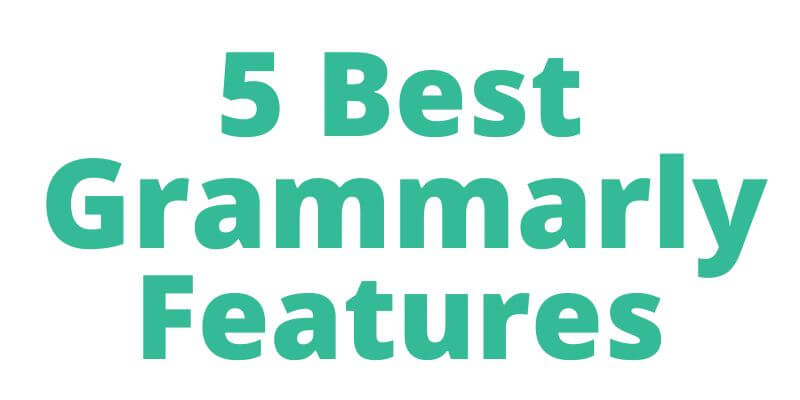When it comes to search engine optimization, understanding and catering to your audience’s search intent is key.
What is Search Intent?
Search intent, also known as user intent, is the reason behind a searcher’s query. It’s the goal they’re trying to accomplish by typing in a particular keyword or phrase into a search engine. Search intent can be divided into four main categories:
– Informational: The user is looking for information on a particular topic. They may not be ready to make a purchase yet.
– Navigational: The user is looking for a specific website or page.
– Transactional: The user is looking to make a purchase.
– Commercial Investigation: The user is comparison shopping or collecting data for an eventual purchase.
How to Optimize for Search Intent?
Now that you know what search intent is and how to identify it, it’s time to discuss how to optimize for it. Here are a few tips:
– Do your keyword research: Keyword research is critical for understanding what your audience is searching for. Use tools like Google Adwords Keyword Planner and semrush.com, ahrefs to find relevant keywords for your website.
– Understand the user journey: Once you know what keywords people are using to find your website, put yourself in their shoes and try to understand their journey. What information are they looking for? What do they need to know before they’re ready to make a purchase?
– Create content that meets their needs: Once you understand the user journey, create content that meets their needs at each stage of the process. If they’re just looking for information, create blog posts and articles that educate them on your product or service. If they’re ready to make a purchase, create sales pages and compelling offers.
– Optimize your website for conversion: In addition to creating great content, make sure your website is optimized for conversion. This means adding elements like strong calls to action, easy navigation, and a clear value proposition.
By following these tips, you can optimize your website for search intent and improve your chances of ranking higher in the search engines and generating more leads and sales for your business. Search intent optimization is a critical part of any successful SEO strategy, so don’t overlook it!
What Are People Searching For?
Now that you understand what search intent is and how to optimize for it, let’s take a look at some of the most common searches people make. Here are a few examples:
– How to [do something]: These types of searches indicate that the user is looking for information or instruction on how to do something. For example, “how to fix a leaky faucet” or “how to change a tire.”
– What is [something]: These searches indicate that the user is looking for information about a particular topic. For example, “what is Search Engine Optimization?”
– Best [product/service]: These types of searches indicate that the user is looking for recommendations on the best products or services in a particular category. For example, “best running shoes” or “best web hosting.”
– [Product/Service] reviews: These searches indicate that the user is looking for information about a particular product or service. For example, “iPad reviews” or “Bluehost reviews.”
– Compare [two products/services]: These searches indicate that the user is looking to compare two different products or services. For example, “iPhone vs Android” or “Bluehost vs HostGator.”
As you can see, understanding search intent is critical for SEO success. By catering to the needs of your audience, you can improve your chances of ranking higher in the search engines and generating more traffic (and revenue) for your business. Search intent optimization is an essential part of any successful SEO strategy, so don’t overlook it!
What is the search Intent’s Importance from an SEO perspective?
From an SEO perspective, understanding search intent is critical for two reasons:
– It can help you rank higher in the search engines.
– Search intent optimization can help you generate more traffic and sales for your business.
If you want to rank higher in the search engines, it’s important to understand what people are searching for and create content that meets their needs.
This is where search intent comes in. Search intent optimization is all about understanding what people are searching for and creating content that meets their needs.
By understanding search intent and optimizing your website for it, you can improve your chances of ranking higher in the search engines and generating more traffic (and revenue) for your business. Search intent optimization is an essential part of any successful SEO strategy, so don’t overlook it!
What are the 4 different types of Search Intent?
Informational Search Intent
What is Informational Search Intent?
Informational Search Intent is when someone is looking for information about a particular topic. They might be looking to learn more about a subject, find out how to do something, or understand the definition of a term.
For example, if someone searches for “what is Search Engine Optimization,” they are likely looking for information about SEO.
There’s no question that optimizing your website for search intent is critical to your success as an online marketer. But what is search intent, and how do you optimize for it?
What are people looking for when they land on your website? What are their goals? If you can understand and cater to their needs, you’re well on your way to ranking higher in the search engines and generating more traffic (and revenue) for your business.
In this comprehensive guide, I will discuss what search intent is, how to identify it, and how to optimize your website accordingly!
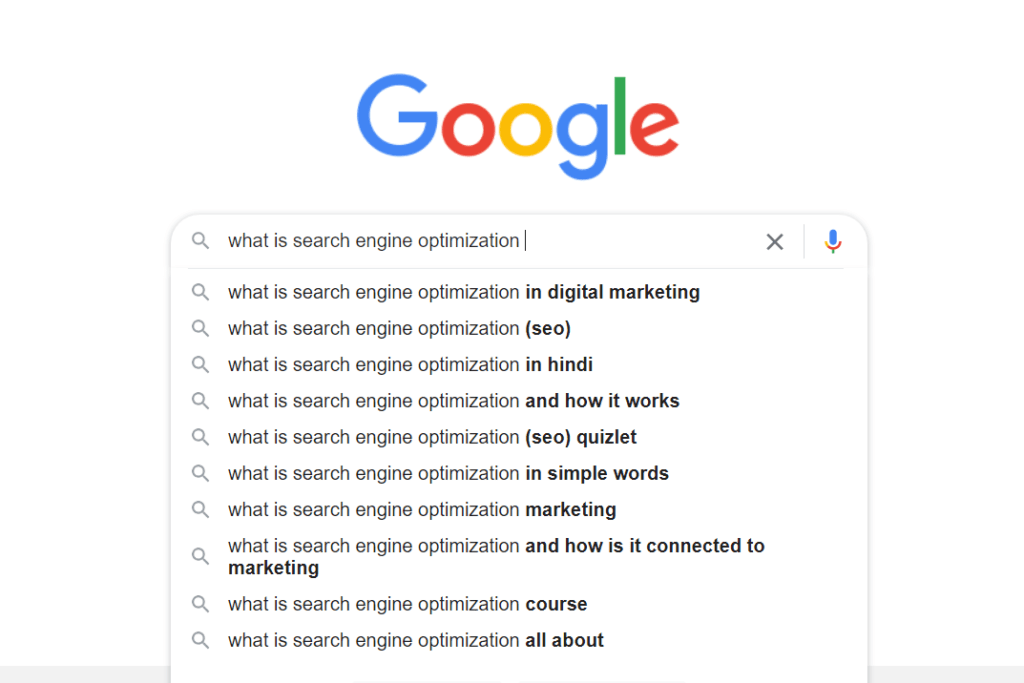
Navigational Search Intent
What is Navigational Search Intent?
Navigational Search Intent is when someone is looking for a specific website or webpage. They might enter the website’s name directly into the search bar or click on a link from another website.
For example, if someone searches for “Bluehost,” they are likely looking to visit the Bluehost website.
If someone clicks on a link to your website from another website, that is also considered Navigational Search Intent.
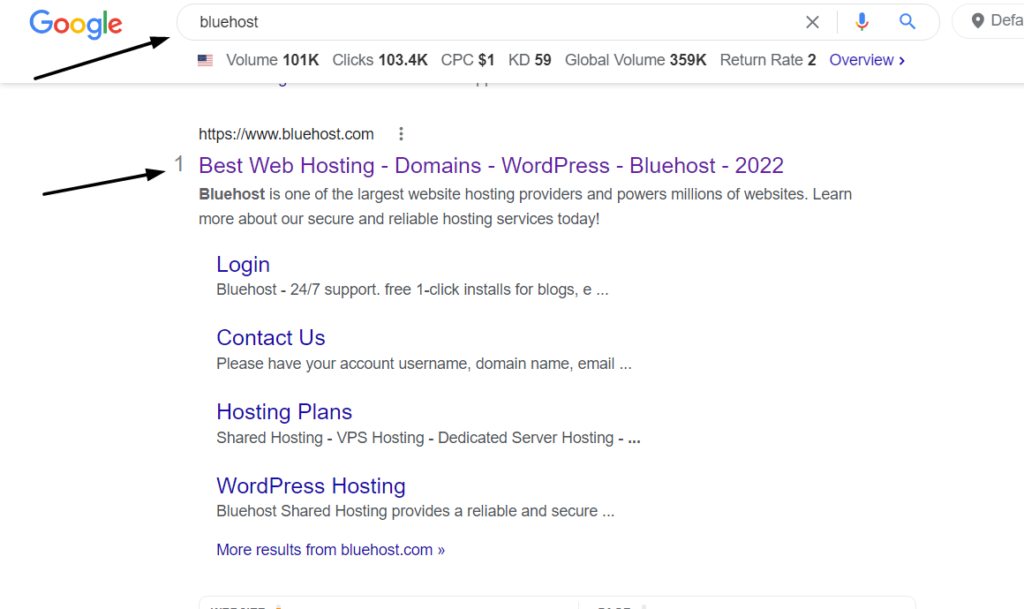
Transactional Search Intent
What is Transactional Search Intent?
Transactional Search Intent is when someone is looking to buy a product or service. They might be searching for a specific item or comparing different products.
For example, if someone searches for “best running shoes,” they are likely looking to buy a pair of running shoes. Or, if someone searches for “Bluehost vs HostGator,” they are likely trying to decide which web hosting service to use.
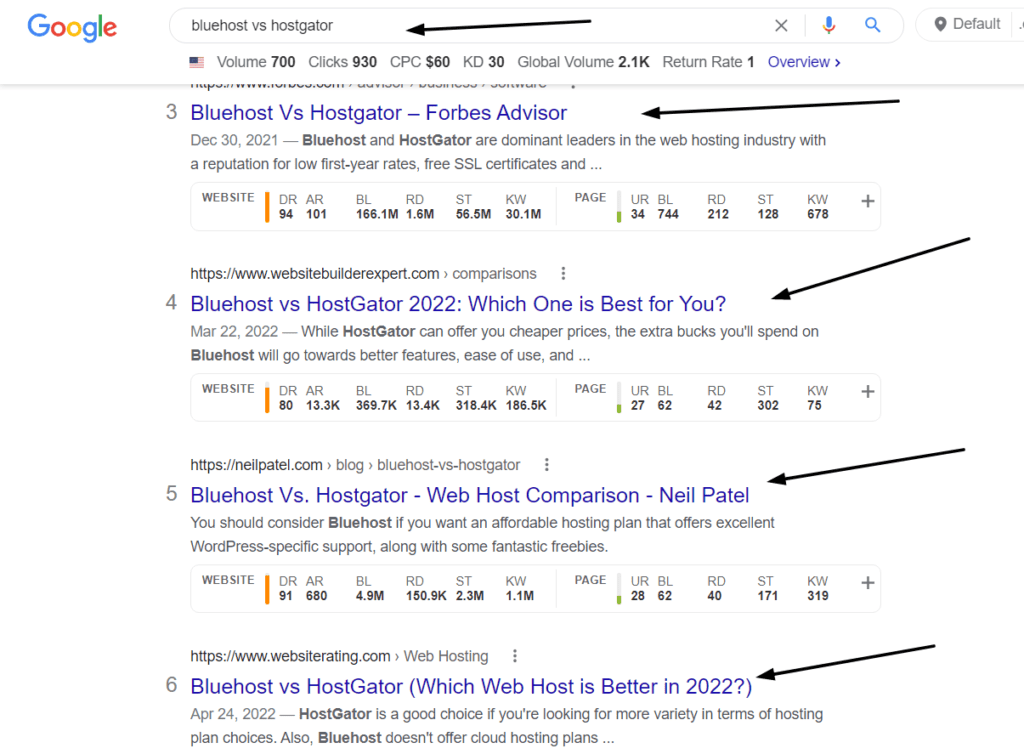
Commercial Search Intent
What is Commercial Search Intent?
Commercial Search Intent is when someone is ready to buy a product or service but is looking for more information before making a purchase. They might be looking for reviews, comparisons, coupons, or other information to help them make a decision.
For example, if someone searches for “Bluehost review,” they are likely looking for information that will help them decide whether or not to use Bluehost.
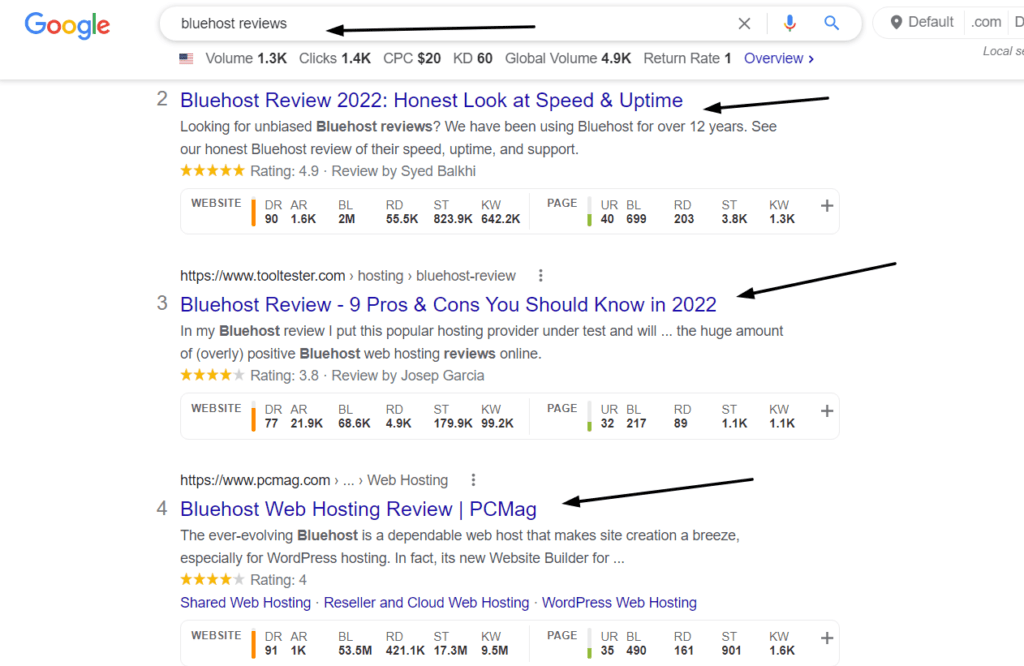
Final Thoughts
Search intent is an important factor to consider when optimizing your website for the search engines.
By understanding the needs of your audience and creating content that meets their needs, you can improve your chances of ranking higher in the search engines and generating more traffic (and revenue) for your business. Search intent optimization is an essential part of any successful SEO strategy, so don’t overlook it!
Optimizing your website for search intent is a critical part of any successful SEO strategy. By understanding what people are searching for and creating content that meets their needs, you can improve your chances of ranking higher in thein the search engines and generating more traffic (and revenue) for your business. Search intent optimization is an essential part of any successful SEO strategy, so don’t overlook it!
To learn more read these articles
What Are LSI Keywords And How To Use Them For Boosted SEO Results
12 Powerful Tips To Help You Create SEO Friendly Content
All You Need To Know About Google Keyword Planner In 2022: Powerful Free SEO Tool


